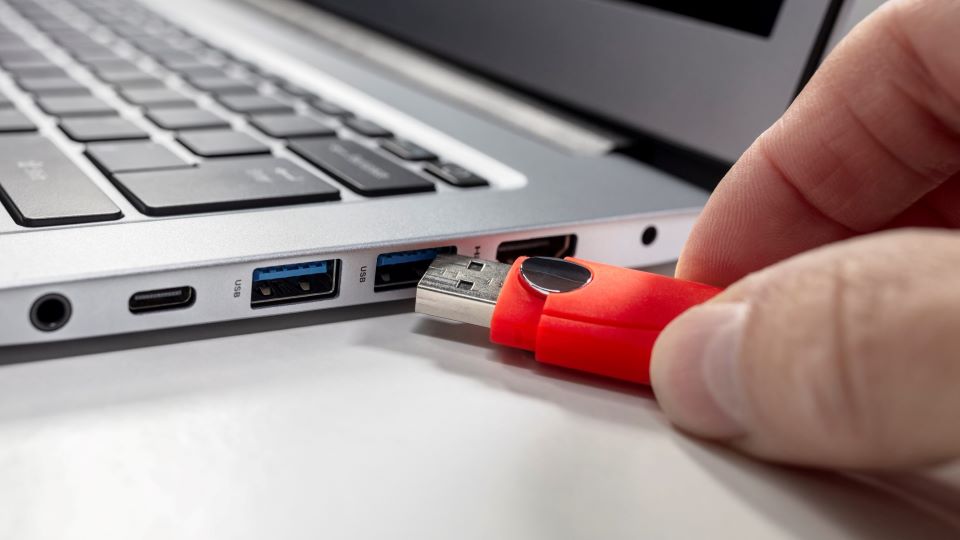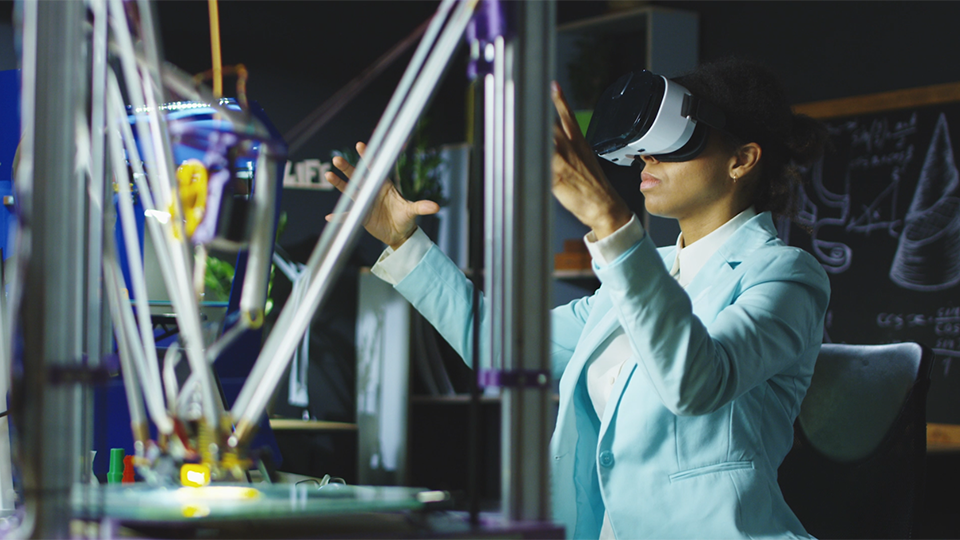Standard Essential Patents
What is a standard essential patent?
A Standard Essential Patent (SEP) is a patent that protects an invention essential to the implementation of a particular technology standard. These standards are critical for ensuring safety, interoperability and compatibility of different products and services made available by various companies.
Featured

IMAGE: iStock / Getty Images / BCFC
WIPO Lex SEP Case Law Collection
More than 100 rulings are available in the pilot version of the WIPO Lex SEP Case Law Collection.
Featured

WIPO Symposium on Standard Essential Patents
More than 100 rulings are available in the pilot version of the WIPO Lex SEP Case Law Collection.
The WIPO Lex SEP Case Law Collection covers judicial decisions on Standard-Essential Patents (SEPs) and FRAND licensing from various jurisdictions. While not exhaustive, it compiles noteworthy cases selected in collaboration with national judges and WIPO Lex country focal points. In its pilot version, more than 100 rulings from ten jurisdictions are available.

Standards and SEPs
Technology standards can be complex. Often, there are numerous SEPs that correspond to a particular standard. Some products may rely only on parts of a standard to carry out a certain function, and some others may implement multiple standards at once. This is particularly the case in the field of information and communication technologies (ICT), where there is a greater need for interoperability.
While SEPs may be found in any field of technology, transition to the digital economy has led to greater consumer awareness of connectivity-related standards in recent years.
Examples of standards
Some well-known standardized technologies that rely on SEPs include

IMAGE: iStock / Getty Images Plus / A stockphoto
Wi-Fi (IEEE 802.11)
Wi-Fi is a ubiquitous wireless communication technology that allows devices like smartphones, laptops, and smart home devices to connect to the internet and communicate with each other over local area networks. SEPs associated with Wi-Fi are crucial for ensuring seamless connectivity and compatibility across different devices.

IMAGE: iStock / Getty Images Plus / BrianAJackson
USB (Universal Serial Bus)
USB is a standard interface that enables the connection of various peripherals to computers and other devices. From charging smartphones to connecting external hard drives and printers, USB technology relies on standardized protocols covered by SEPs to ensure reliable and uniform data transfer.

IMAGE: iStock / Getty Images Plus / ChayTee
Advanced Video Coding (MPEG-4 Part 10/H.264)
MPEG-4 Part 10 is a video compression standard used, for example, in digital video streaming, online video services, and video conferencing. SEPs covering MPEG-4 Part 10 ensure efficient video transmission while maintaining high-quality playback across various platforms and devices.

IMAGE: iStock / Getty Images Plus / jamesteohart
4G LTE (Long-Term Evolution)
4G LTE is the fourth-generation cellular network technology that powers our smartphones and enables fast data transmission, video streaming, and internet browsing. SEPs for 4G LTE technology are essential for ensuring seamless mobile communication worldwide.
SEPs and the standardization process
Standardization Organizations
Standardization Organizations (SOs), also called SSOs (Standard Setting Organizations) or SDOs (Standard Developing Organizations), are responsible for developing and establishing technology standards. SOs bring together various stakeholders, including industry representatives, researchers, and policymakers, to collaborate and find the best technical solutions for a standard.
Although many countries have national SOs, the global nature of standardized technologies requires extensive industry and stakeholder cooperation through regional and international SOs.
How to contribute to a standard?
During the development of a standard, stakeholders may propose different technical solutions to achieve a certain functionality. Many of these technical solutions may be subject to patents or pending patent applications. In order to minimize the risk of anti-competitive practices, many SOs have established an intellectual property (IP) policy.
When patent owners contribute with their protected technical solutions to a standard, they commit to license their relevant patents to implementers, in accordance with the SO’s IP policy. This usually means a commitment to license openly under royalty-free terms or, more commonly, under Fair, Reasonable and Non-Discriminatory (FRAND) terms. These commitments may be of a general nature, without listing individual patents, or limited to individual patents or patent families specified by the SEP owner.
Once a technology standard is adopted, SEP owners generally become liable to license their SEPs to implementers under FRAND terms.
International SOs and their IP policies
Below is a list of some well-known regional and international SOs, as well as the links to their IPR policies.
- Digital Video Broadcasting Project (DVB) IPR Policy
- European Committee for Standardization (CEN) and European Committee for Electrotechnical Standardization (CENELEC) IPR Policy
- European Telecommunications Standards Institute (ETSI) IPR Policy
- Institute of Electrical and Electronics Engineers (IEEE) Standards Association (IEEE SA) IPR Policy
- International Electrotechnical Commission (IEC) IPR Policy
- International Organization for Standardization (ISO) IPR Policy
- International Telecommunications Union (ITU) IPR Policy
- OASIS IPR Policy
- The 3rd Generation Partnership Project (3GPP) IPR Policy
- The World Wide Web Consortium (W3C) IPR Policy
FRAND: Fair, Reasonable and Non-Discriminatory Licensing
What is FRAND?
Licensing under FRAND terms seeks to strike a balance between SEP owners’ interests in recouping research and development investments, on the one hand, and access to standardized technologies by implementers, on the other.
This is intended to create equitable market conditions for both SEP owners and implementers, and promote competition and innovation within industries relying on standardized technologies.

Negotiating FRAND licenses
SEP owners and implementers are required to conduct good faith negotiations to come to an agreement on specific licensing terms and conditions, taking into account their obligations under competition law. Since technology standards, such as those in the ICT field, generally include many inventions protected through SEPs in numerous countries, licensing negotiations between SEP owners and implementers generally do not revolve around a single patent granted in only one country, but many SEPs granted in multiple countries.
In certain instances, and in compliance with antitrust laws, different SEP owners that hold patents relevant to the implementation of a given standard may set up a patent pool. Although each patent pool may operate differently, typically, a pool enables participating patent owners to use the pooled patents, provides non-pool members with a standard patent license, and allocates to each member of the pool a portion of the licensing fees in accordance with the agreement.
Challenges of FRAND licensing
SEP owners and technology implementers may at times have a differing interpretation of what terms can be considered FRAND, and what behavior is expected from a willing licensor or licensee. This may create difficulties in defining the FRAND terms.
Other often disputed issues are the validity of the relevant patents, and whether the patents are genuinely essential to the standard. Such differences may result in an impasse in licensing negotiations, and give rise to disputes between the parties, leading to litigation and/or the use of alternative dispute resolution (ADR) mechanisms.
WIPO Strategy on Standard Essential Patents
Smooth functioning of the global standardization system requires an effective patent system that minimizes possible frictions between SEP owners and implementers, while creating favorable incentives for all stakeholders. The global nature of standardized technologies calls for a neutral and truly international approach to SEPs.
WIPO Strategy on Standard Essental Patents addresses these needs and puts in place a framework of four thematic clusters:
- WIPO as a forum for global dialogue
- WIPO as a source of knowledge and data
- WIPO as a venue for amicable agreement
- WIPO as a provider of services.

